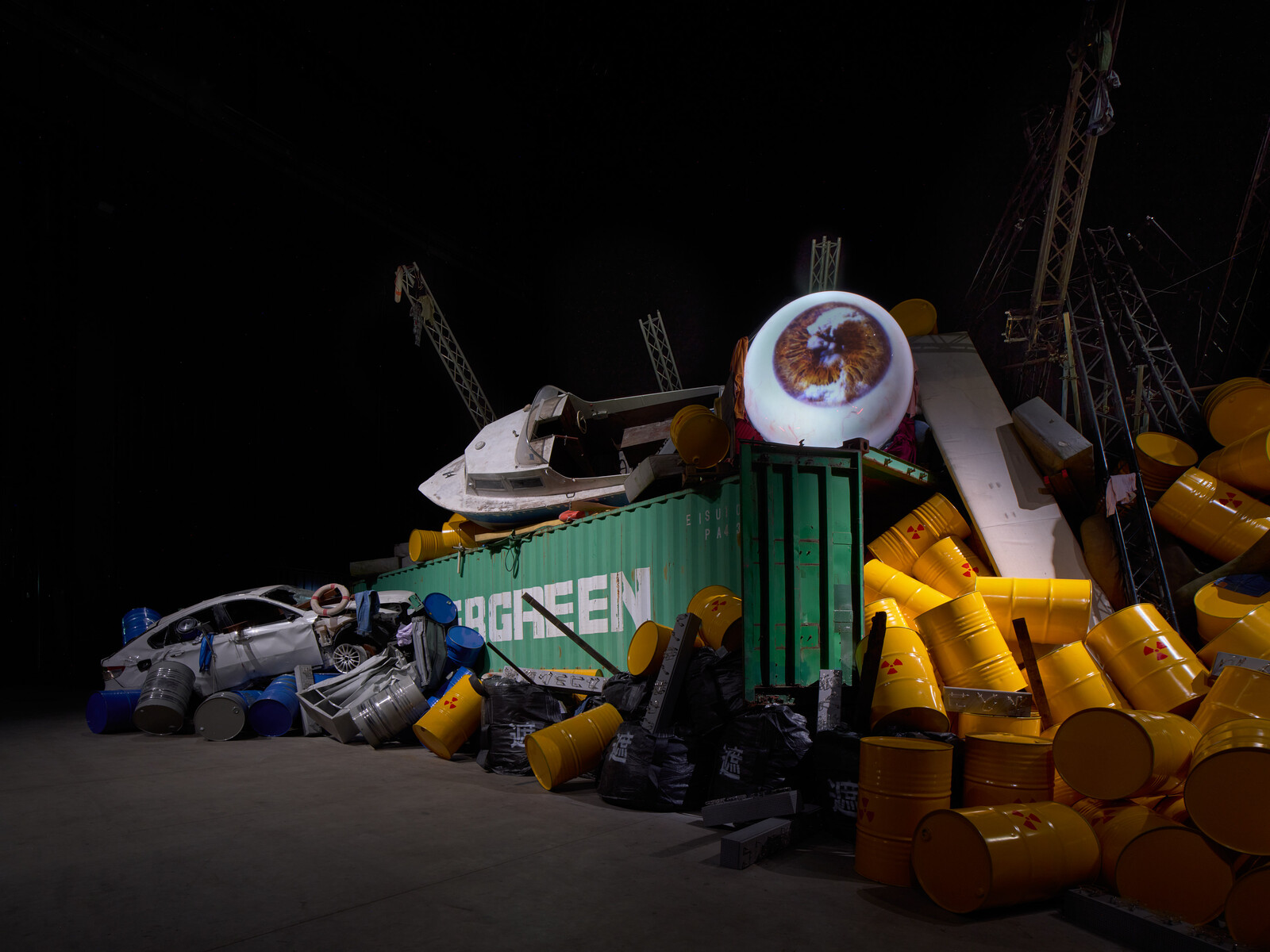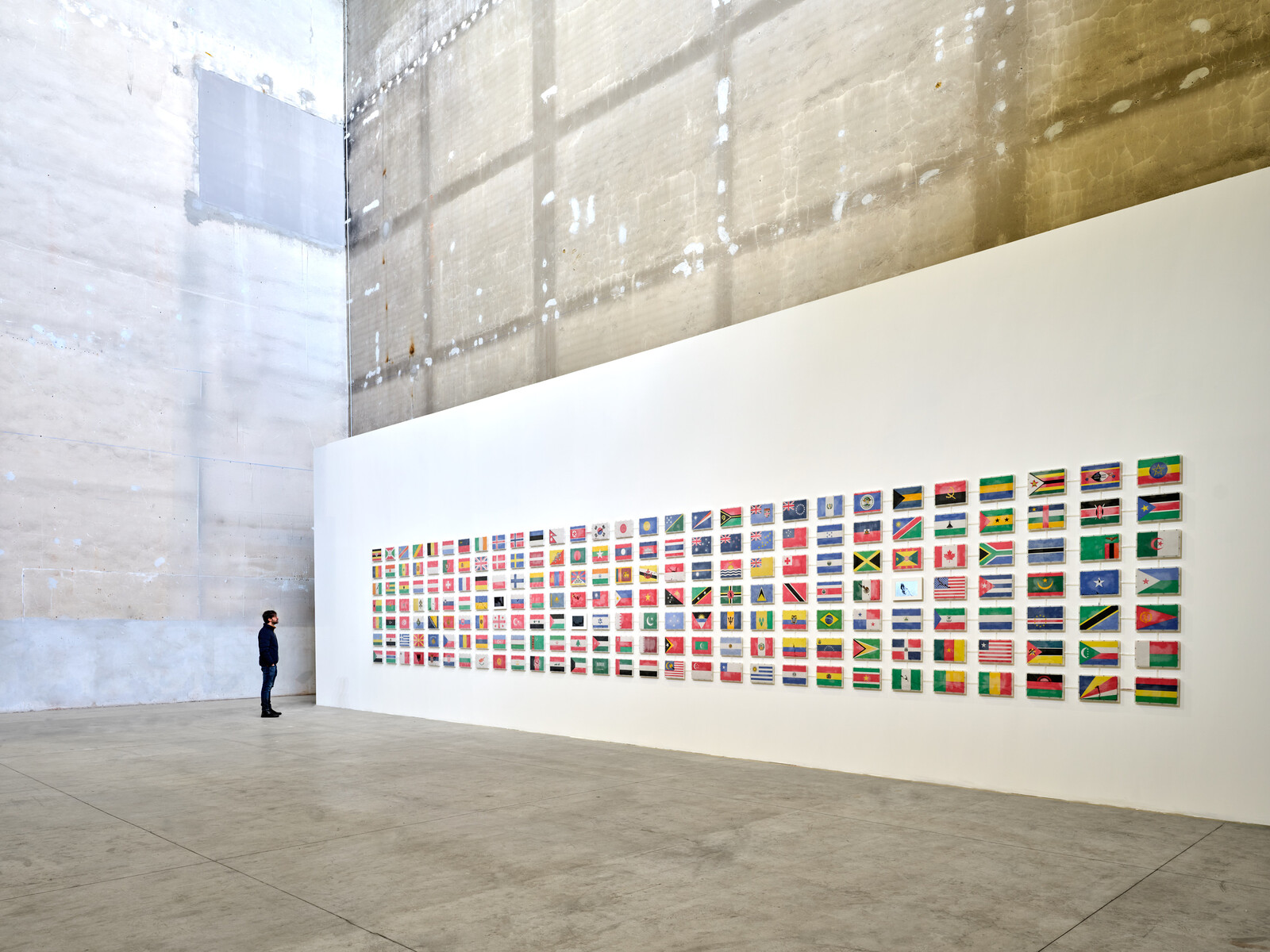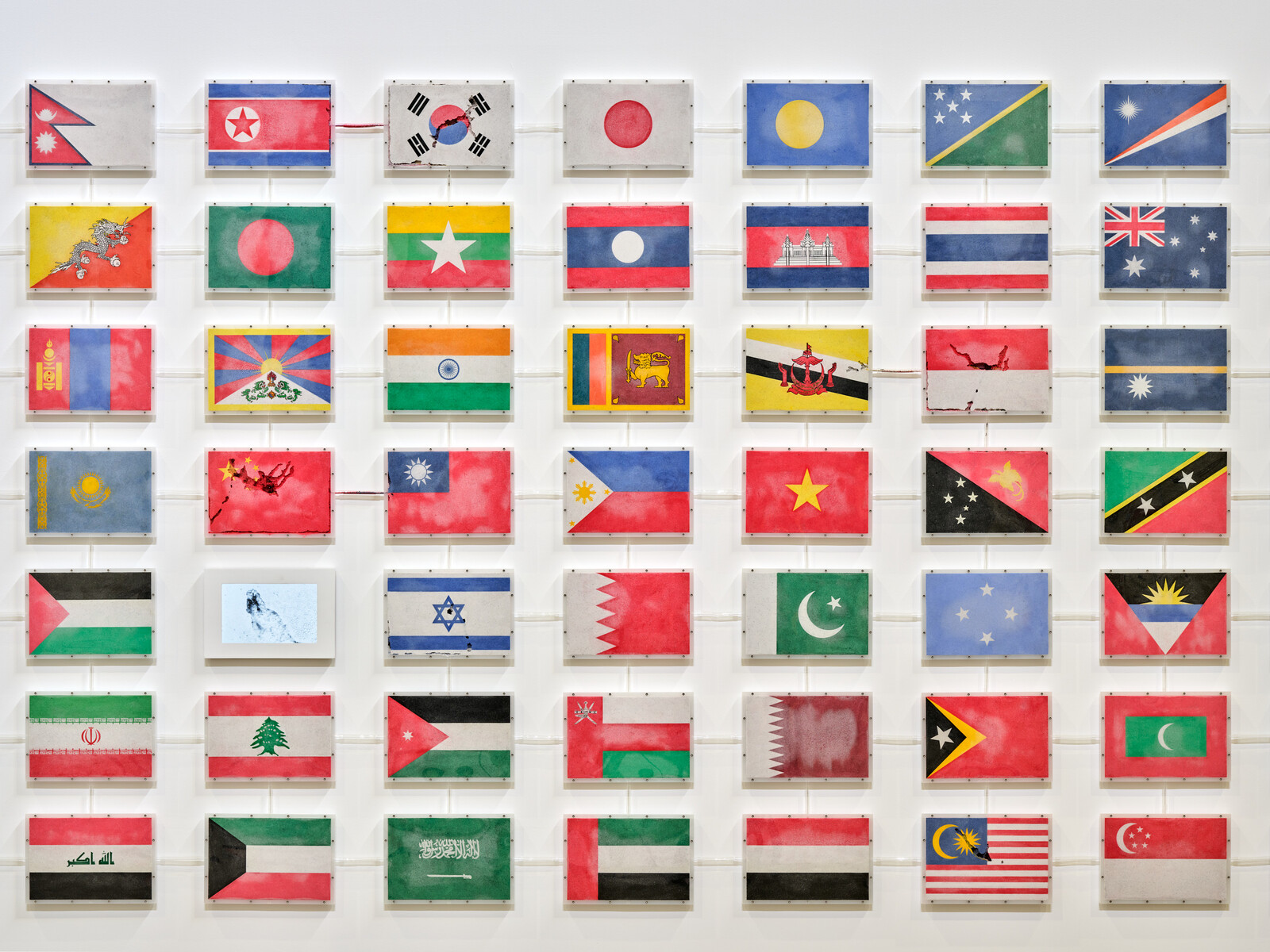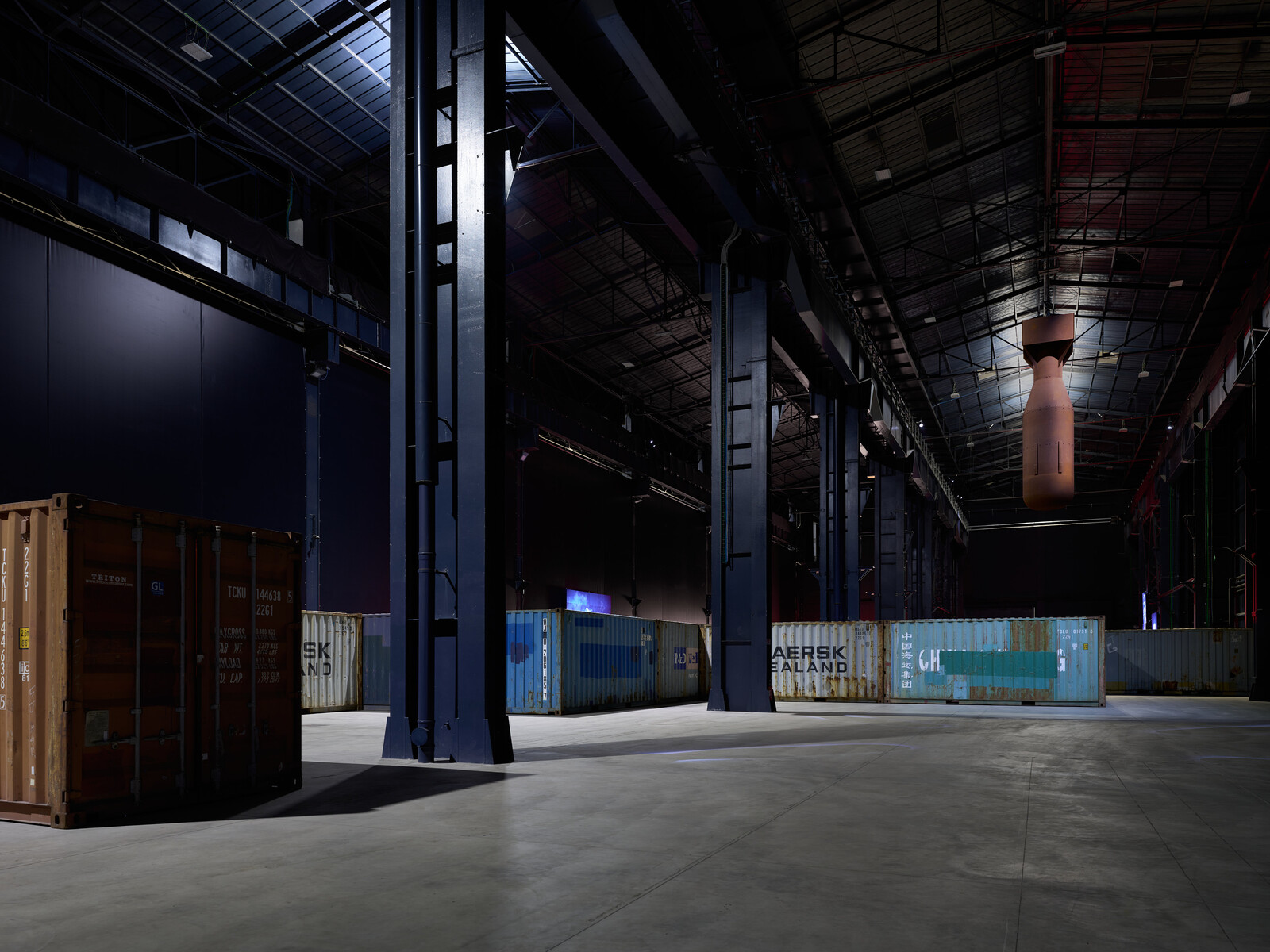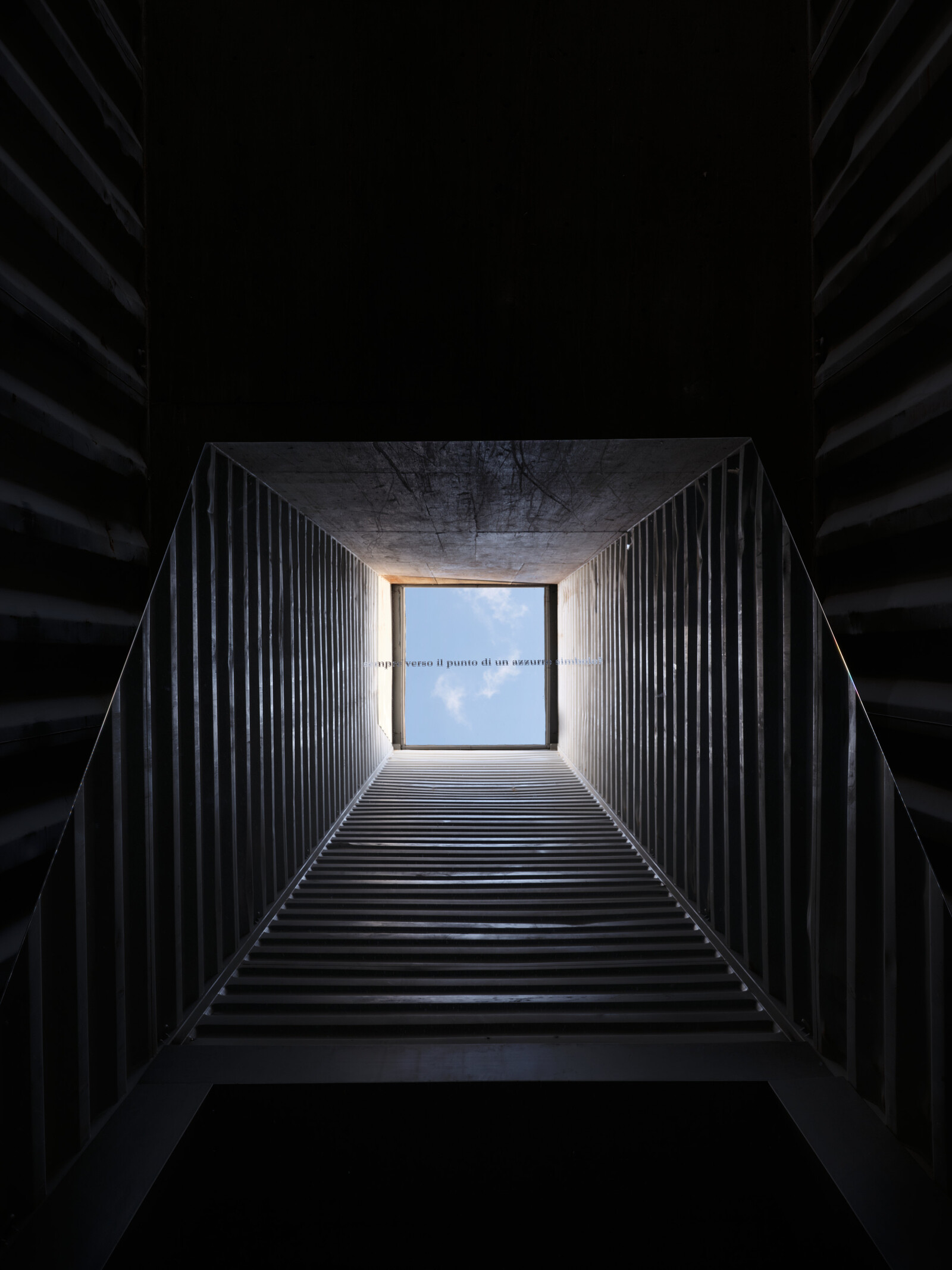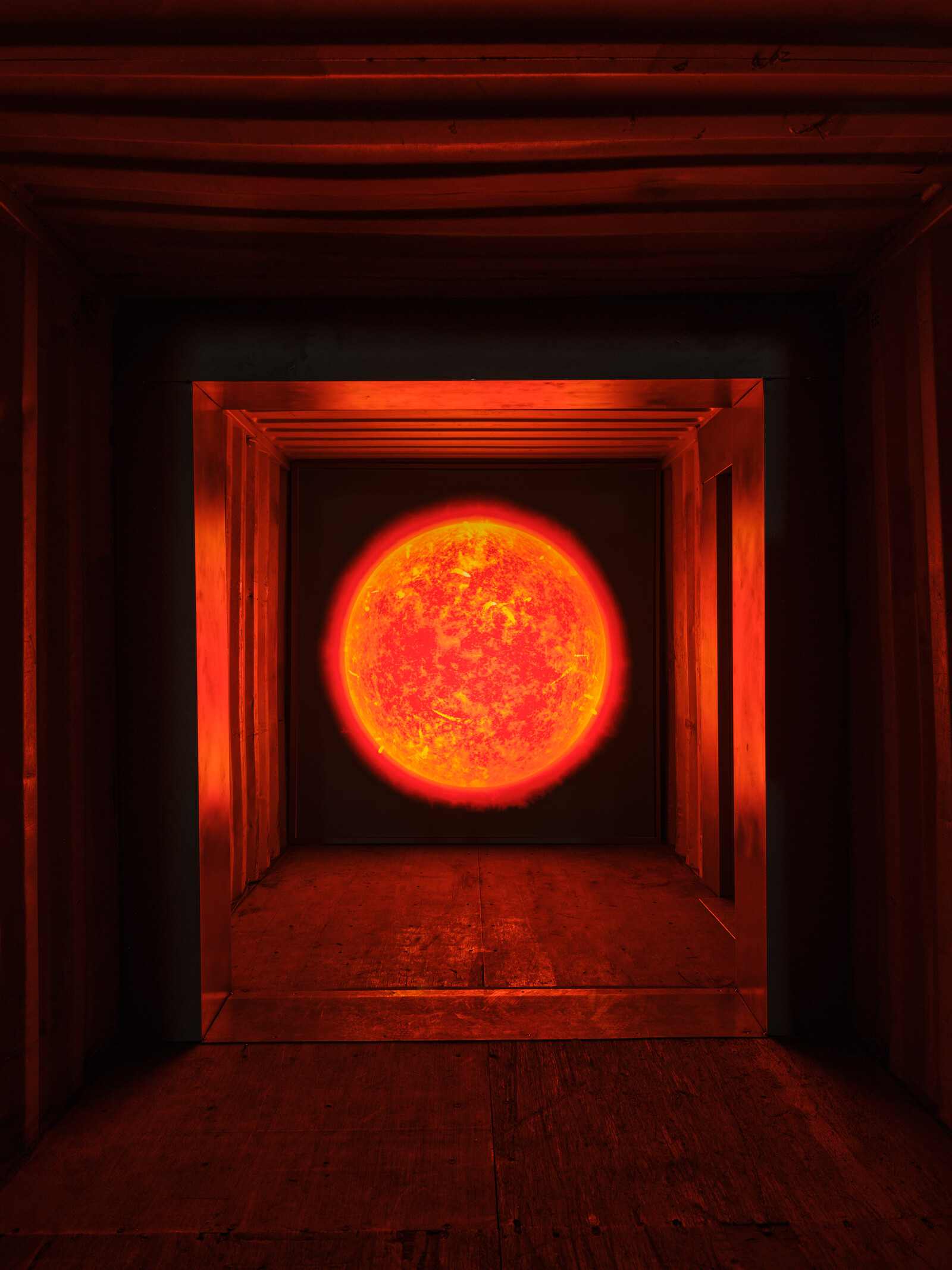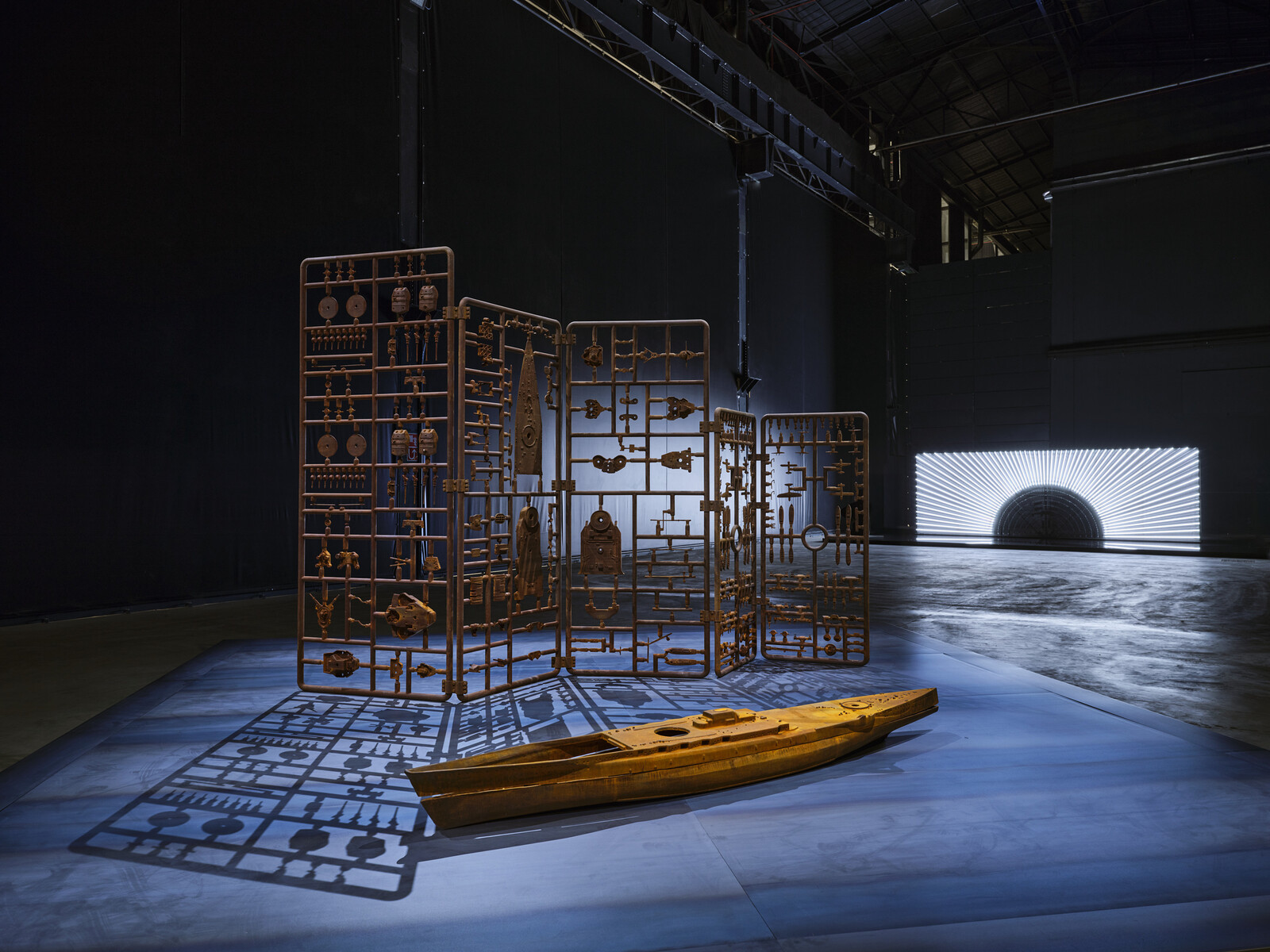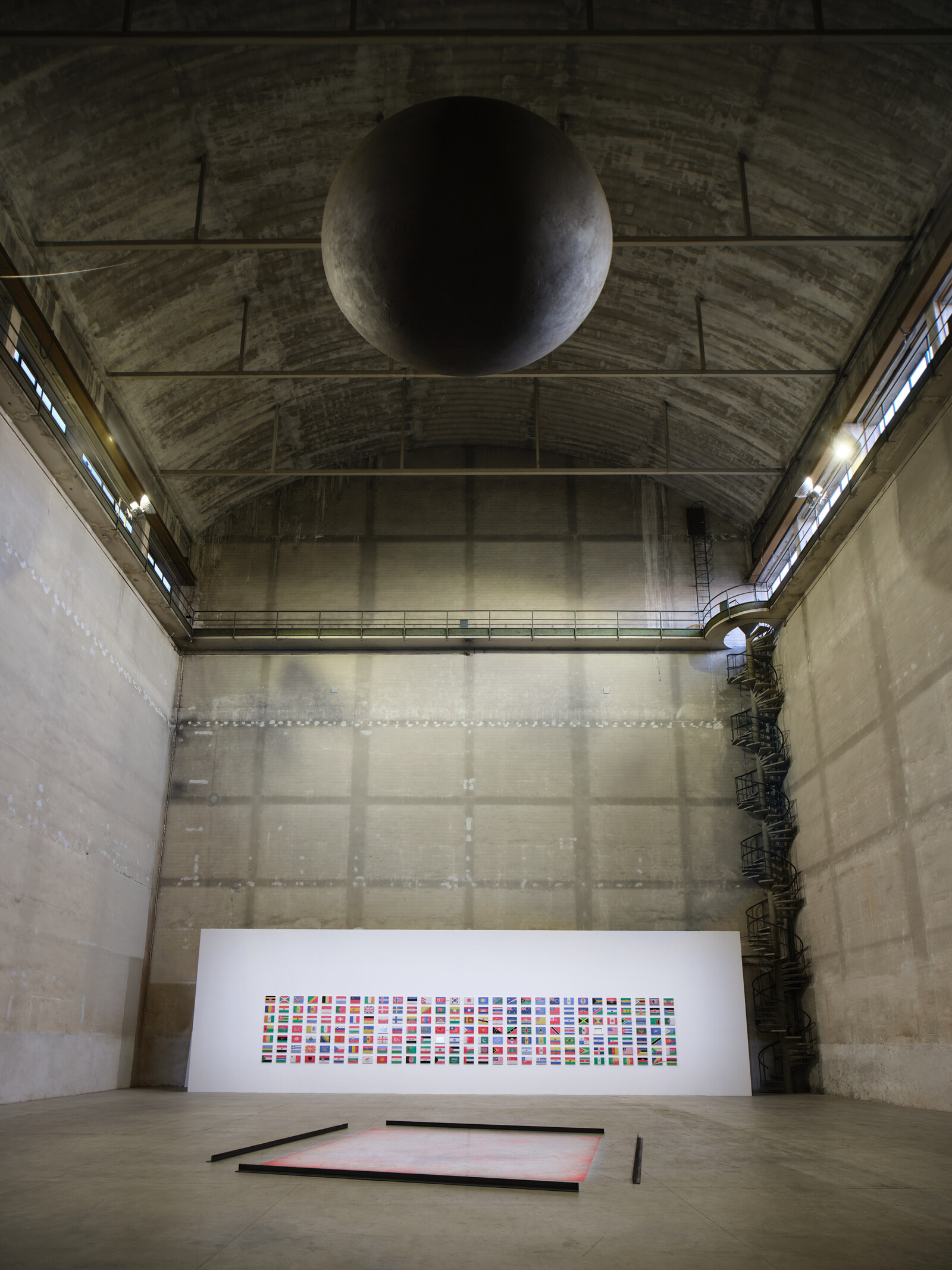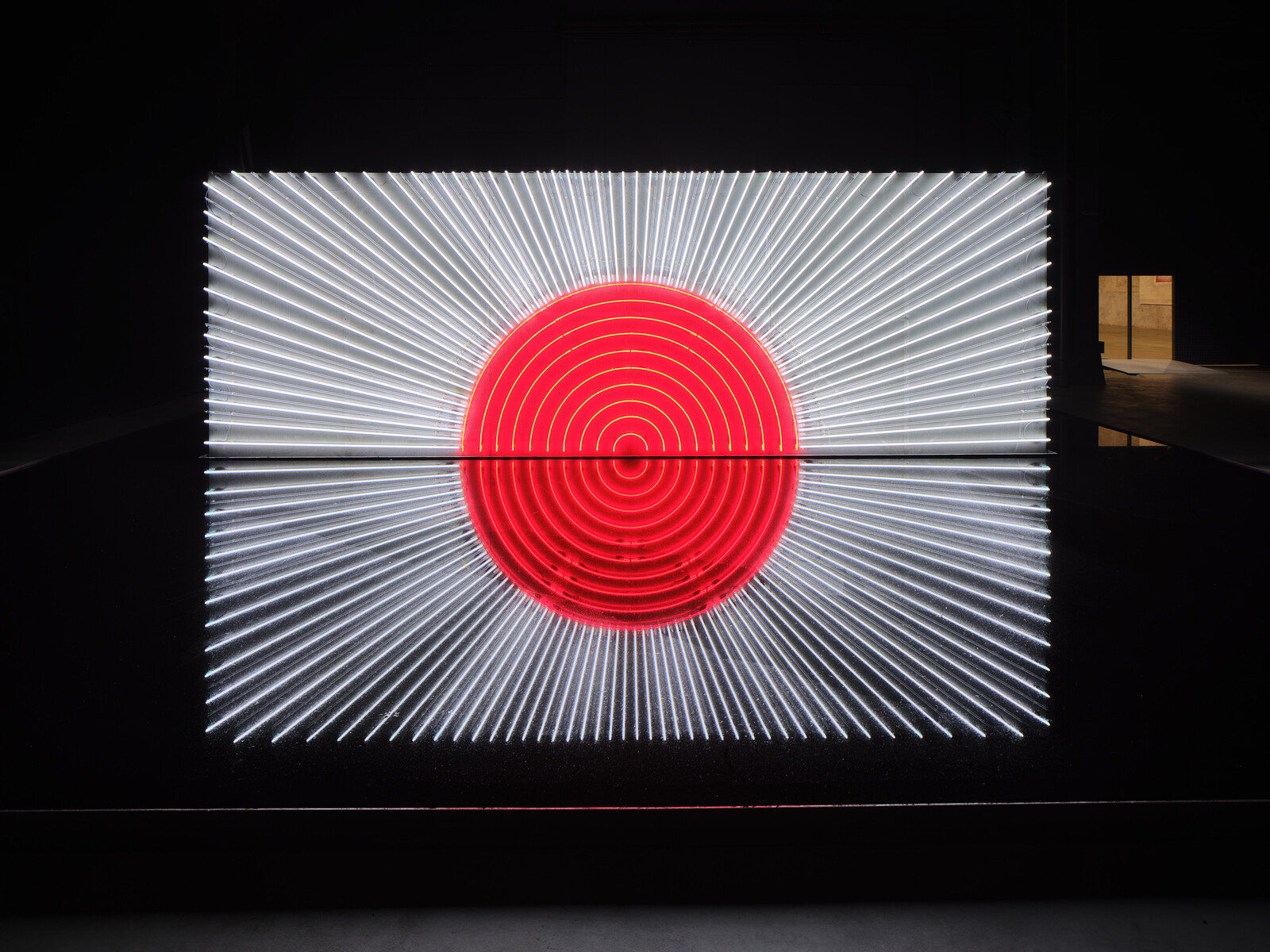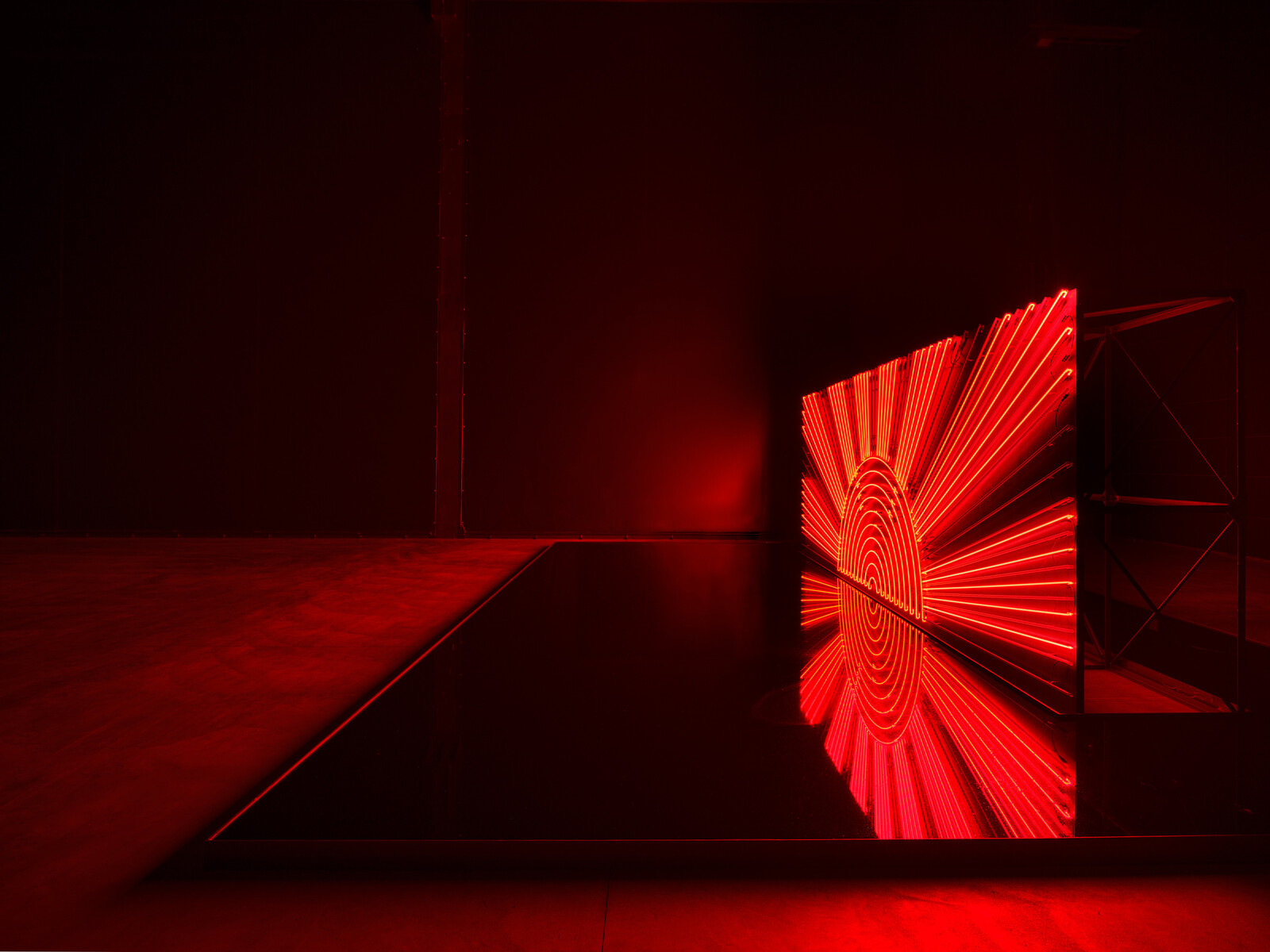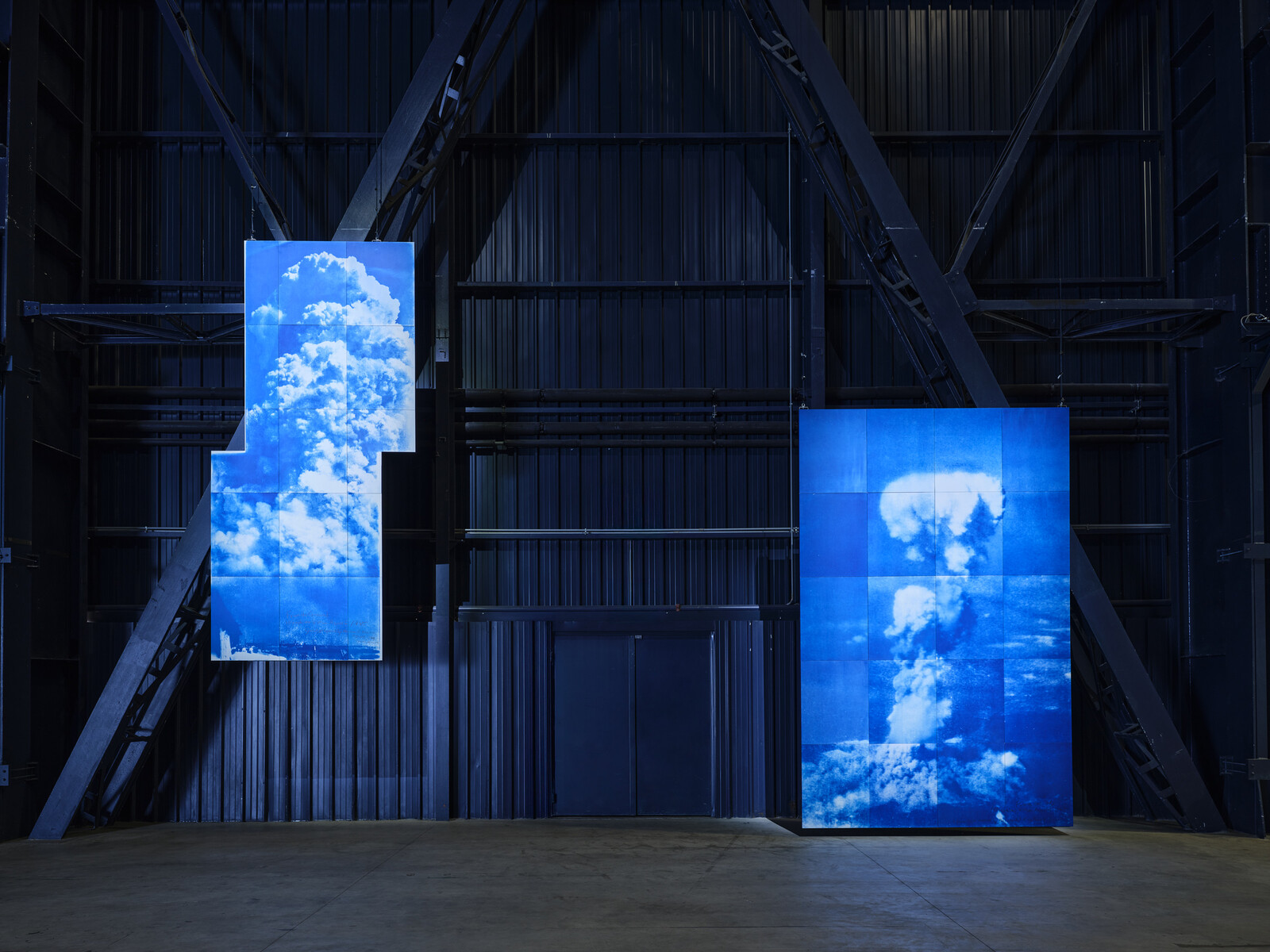ICARUS
March 27–July 27, 2025
Via Chiese, 2
20126 Milan
Italy
Hours: Thursday–Sunday 10:30am–8:30pm
T +39 02 6611 1573
info@hangarbicocca.org
From March 27 to July 27, 2025, Pirelli HangarBicocca presents ICARUS, the first major anthological exhibition in Europe dedicated to the art of Yukinori Yanagi, with a wide selection of key works from the 1990s and 2000s, as well as more recent works. Yanagi recontextualizes some of his most significant and monumental installations in the former industrial spaces of Pirelli HangarBicocca, offering insights that are more relevant than ever on issues of nationalism, governance mechanisms, and the paradoxical aspects of contemporary societies.
Yukinori Yanagi (Fukuoka, 1959) lives and works on the Japanese island of Momoshima, far from the public eye, despite being one of the most influential contemporary Japanese artists. In 1993, he was invited to his first international exhibition, the 45th Venice Biennale, where he presented hundred seventy colored sand flags that crumbled day by day due to the unremitting work of thousands of live ants. Now, after thirty-two years, Yanagi returns to Italy with a major exhibition.
Known for exploring complex issues of sovereignty, globalization, and borders through large-scale, site-specific installations, the artist often delves into Japanese history whilst confronting universal themes of nationalism, the impact of modernization and technology on society. His modus operandi evokes the intricate systems of symbolic imagery and preconceived notions of political and national oppression, challenging their immobility and dissolving them into organic forms that are inherently mutable.
ICARUS is the title of Yukinori Yanagi’s exhibition, curated by Vicente Todolí and Fiammetta Griccioli, which brings together a series of site-specific works that chronicle the artist’s career in the Navate and Cubo spaces of Pirelli HangarBicocca such as Hinomaru Illumination 2025 (2025). The title of the show evokes the Greek myth of Icarus and Daedalus which serves as a cautionary message as well as an invitation to reflect upon human arrogance and overconfidence in technology.
The exhibition opens with the sound of explosions coming from the work Project God-zilla 2025—The Revenant from “El Mare Pacificum” (2025). The large eye of Godzilla, a monster created and empowered by nuclear energy, is projected amidst an accumulation of debris and discarded objects, that dialogue with Article 9 (1994), several neon structures that recreate the text of Article 9 of the Japanese Constitution in which Japan renounces to war.
The central space of the Navate is filled by the monumental labyrinth of Icarus Container 2025 (2025), composed of several container modules and connected to a tower positioned outside the building, allowing natural light to enter. Visitors can walk through this maze, where they encounter verses from the renowned poet Yukio Mishima’s poem “Icarus”—taken from his autobiographical essay “Sun and Steel” (1968)—engraved on mirrors that create a constant play of reflections. Icarus Container dialogues with a selection of works that deal with nuclear energy such as Absolute Dud, 2016 and two new pieces made especially for the show that depict respectivley the mushroom clouds of the Hiroshima explosion of 1945 and the nuclear test that took place in the Bikini atoll in 1946.
Finally, the Cubo also hosts the well-known work The World Flag Ant Farm 2025 (2025), which received international recognition when it was awarded the “Aperto 93” prize at the 45th Venice Biennale. The work is composed of two hundred flags made of colored sand placed in transparent Plexiglas boxes that are connected by plastic tubes. Thousands of ants, placed inside, create paths by carrying grains of sand from one box to another, slowly dissolving the borders and the flags themselves as symbols of national identity.
Catalog
The exhibition is accompanied by a monograph published by Marsilio Editori. The volume explores the recurring themes that have shaped Yukinori Yanagi’s career and delves deeper into the influences and evolution of his practice. The volume includes essays by international scholars and critics, including curator Mami Kataoka and art historian Reiko Tomii, as well as a conversation between Yanagi and Vicente Todolí and Fiammetta Griccioli, curators of the exhibition at Pirelli HangarBicocca. The book also contains for the first time an overview of the most ambitious architectural projects realized by the artist between 2008 until today. The works on display are also accompanied by detailed fact sheets written by scholars and enriched with a selection of historical images.
Public program
Saturday, June 14, 2025: itinerant lecture in the exhibition space with Mami Kataoka, director of the Mori Art Museum in Tokyo
Thursday, July 3, 2025: Open-Air Film Festival—screenings of films selected by Yukinori Yanagi that highlight how history informs artistic practices and pop imagination in post-war Japan
Pirelli HangarBicocca
Pirelli HangarBicocca is a non-profit foundation dedicated to producing and promoting contemporary art. It was conceived and is supported by Pirelli. Established in 2004, Pirelli HangarBicocca has become a benchmark institution for the international and local art community. The museum is free of charge, accessible and open, as well as a place for experimentation, research and dissemination.
It presents a programme of major solo exhibitions, multi-disciplinary events, publications, and educational courses.
Vicente Todolí has been the foundation’s artistic director since 2012.
Situated in a former industrial building, once a locomotive manufacturing facility, Pirelli HangarBicocca occupies 15,000 square metres, making it one of the largest single-level exhibition spaces in Europe. This vast area comprises the permanent installation of Anselm Kiefer’s The Seven Heavenly Palaces 2004-2015.
